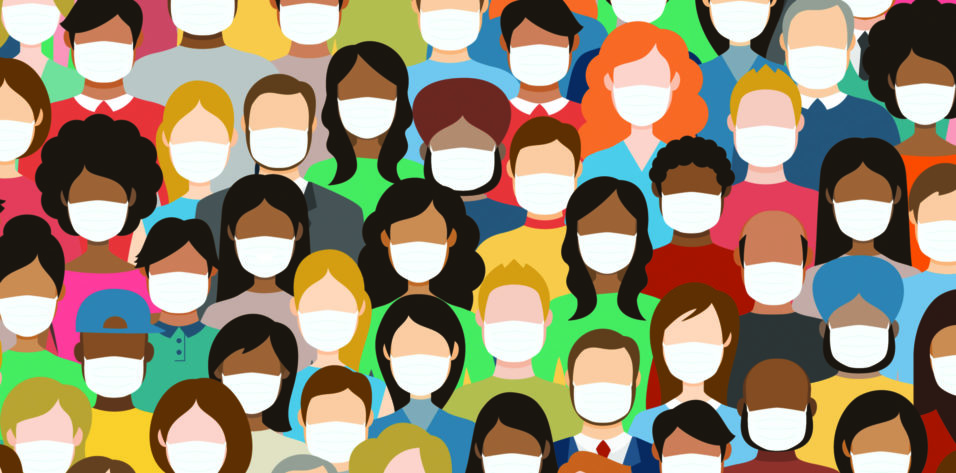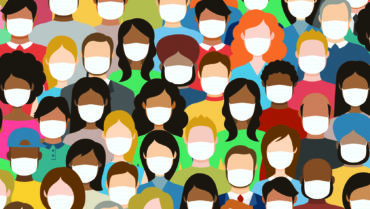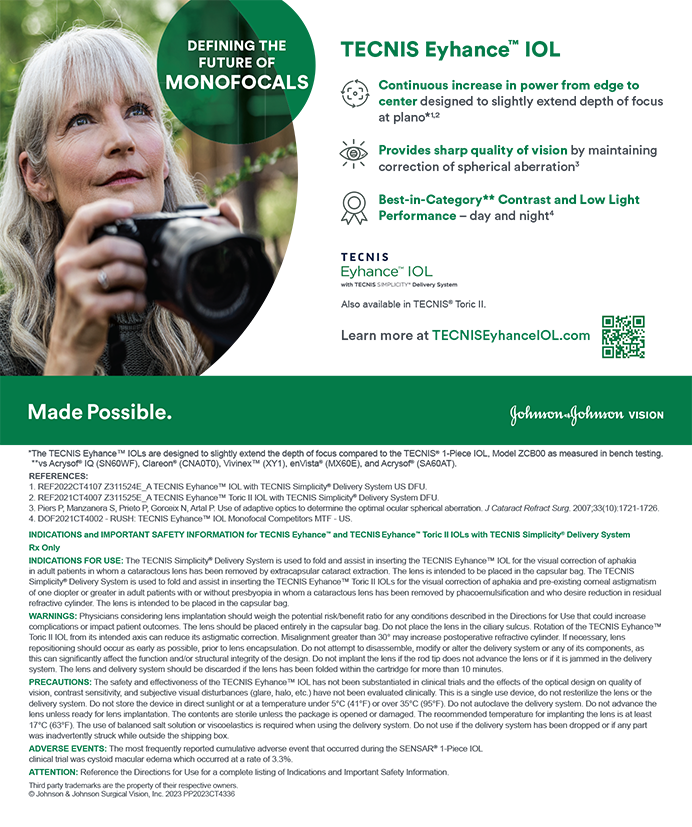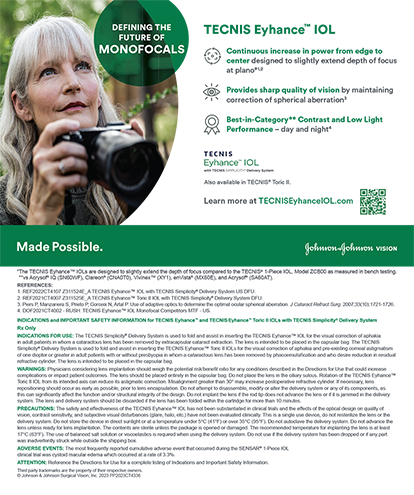
The world has been transformed by the COVID-19 pandemic, and there is a big question at stake for ophthalmology: How will the tumultuous events of the past 2+ years affect the specialty? The pandemic has accelerated digital adoption in all areas of society, and I therefore believe ophthalmology is on the cusp of enormous change. Patients have high expectations, and technology is maturing. The field of ophthalmology must respond with a coherent vision of the way forward.
It may be easiest to predict where ophthalmology is headed by considering both the past and other areas of society. Humans are resilient. The pandemic demanded dramatic changes in our everyday social interactions—from school and work to familial exchanges, travel, and health care. We learned how to keep society functioning during lockdowns when we could not interact with one another in person. Specifically, we used existing technologies to maintain communication and social interactions ranging from office meetings to birthday parties. In-person activities continued in some sectors—including health care to a degree—but much of the social cohesion was achieved through digital interactions.
History shows that fundamental shifts in how individuals interact and communicate take us in new and unexpected directions. The invention of language, writing, the printing press, and mass broadcasting media sparked radical societal changes. Printing, for example, dramatically changed the balance of power between the Catholic church and people. The rapid dissemination of ideas through print paved the way for the scientific revolution and the rise of European Protestantism. TV and radio broadcasting had the opposite effect. Both gave a few individuals and large corporations control of the flow of information. This helped to forge the 20th century psyche and geopolitical stage.
The digital transformation occurring now is shifting the dynamics of communication again. Digital platforms are democratizing communication and affecting the ideological and political direction of entire nations.1,2 The pandemic accelerated the global adoption of digital technologies beyond social media. From online shopping to telemedicine, platforms are evolving and adapting to societal needs.
TECHNOLOGY
There has been much talk of the term internet of things in recent years. In a nutshell, it refers to objects that communicate with us or other objects. An example is a smart refrigerator that can make shopping lists. In health care, similar technologies could assist with the management of hospital inventory or transmit patient information directly to a surgical tool to guide a procedure.
To my mind, however, the most amazing use of the internet of things may be found inside the human body. For the first time in history, internal sensors and actuators can sense what is happening inside the human eye and transmit the information to physicians for use in decision-making, including the following examples:
- IOP can be measured in real time using an implant (Eyemate, Implandata Ophthalmic Products);
- Devices implanted in the eyes of blind patients provide vision by transmitting images from a camera directly to the neural retina; and
- Devices that can automatically grade diabetic retinopathy screening and provide home monitoring of age-related macular degeneration are in development.
It may be argued that these technologies were deployed or in development before the COVID-19 pandemic began. Our relationship with them, however, has changed because we have become more willing to invite digital dataflow into our practices. In this context, the term dataflow refers to the movement of data through a system composed of soft- or hardware or a combination of both. This might have started during the pandemic with the incorporation of telemedicine, but now a significant barrier to adoption has been demolished. We have glimpsed the future, and we know that it is in our power to use the new communications paradigm to our—and more importantly our patients’—advantages.
TAKING CONTROL
The ophthalmology community must take control of the opportunities ahead of us. In a recent blog post,3 my colleague Gregg Draudt explained that the pressure for change is coming from multiple fronts (Figure):
- Technological advances such as new gene therapies;
- Practice frameworks, including diagnostics and service technologies and health economics; and
- Changes in patient behavior and demographics.

Figure. A shared vision for the future of eye care.
The areas may appear to be disconnected, but changes to one influence the others. For example, if gene therapies or therapeutic implants become commonplace, as seems likely, more of surgeons’ time will be spent in the OR and less on other tasks, which will then be handed over to other eye care professionals, automated dataflows, or hybrid systems.
Similarly, the remote monitoring of parameters such as IOP and retinal nerve fiber layer thickness will likely lead to changes in the distribution of tasks in the clinic. Remote dataflow is likely to be analyzed automatically and reviewed by a professional only when a flag is raised or during a routine visit. It will become necessary to manage patient expectations differently, and patient behavior may also be affected.
REINVENTION
The thread that will bring the digital future of ophthalmology together is information exchange in the form of dataflows. Currently, the ophthalmology industry relies on a multitude of data formats from different vendors, outdated data analysis platforms, and almost no standardization.
In a world where instantaneous communication between devices is common, decisions are increasingly driven by data, and patient expectations are high, ophthalmology must reinvent itself. It is time to embrace new technologies and accept trends such as cross-platform interoperability. If we do, it becomes easy to imagine a patient with age-related macular degeneration who receives treatment from a self-regulating implant. The patient obtains an OCT scan at home as part of their daily routine to monitor for disease progression, and the scan is used in conjunction with implanted sensors to manage treatment. Similarly, gene therapy will likely become easy to deliver through a combination of improved intraoperative visualization systems and preoperative data that are openly available for surgical planning in an augmented reality environment.
The future is bright. Adaptive responses during the COVID-19 pandemic have shown us the way. Now, we must agree on a vision and execute it together.
1.Tufekci Z. How social media took us from Tahrir Square to Donald Trump. MIT Technology Review. August 14, 2018. Accessed May 10, 2022. https://www.technologyreview.com/2018/08/14/240325/how-social-media-took-us-from-tahrir-square-to-donald-trump
2. Brändle VK, Galpin C, Trenz HJ. Brexit as ‘politics of division’: social media campaigning after the referendum. Social Movement Studies. 2022;1-2:234-245.
3. Draudt G. Ophthalmology – forging a bold vision for 2035. Cambridge Consultants. March 29, 2022. Accessed April 28, 2022. https://www.cambridgeconsultants.com/us/node/38286




